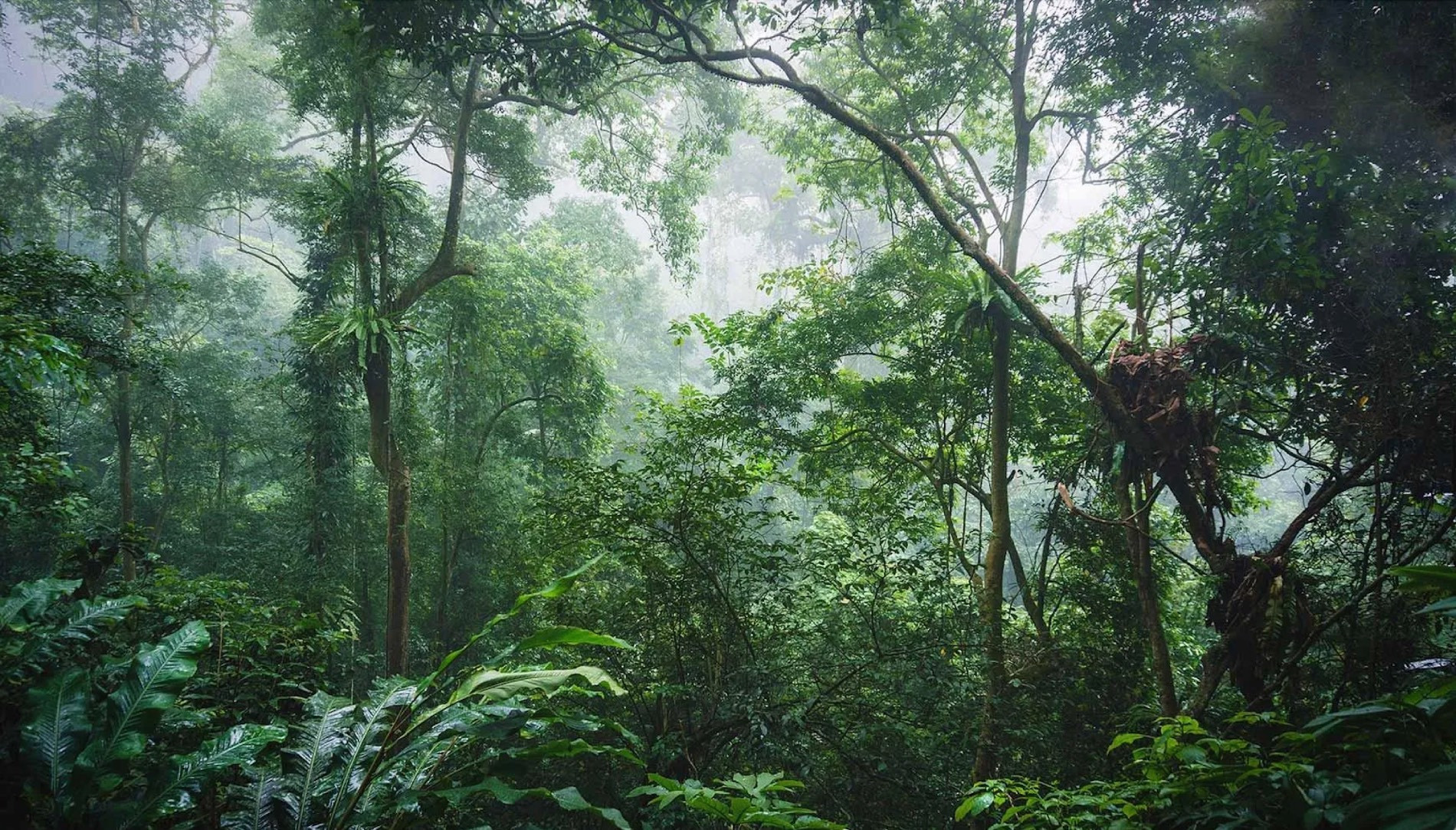
In late 2023, MARD reported to the Prime Minister about the signing of documents on transferring 10.3 million tons of CO2 in the north central region to the World Bank. The unit price was $5 per ton of carbon, and revenue was $51.5 million (VND1.25 trillion).
This was the first time that Vietnam could sell forest carbon credits. The revenue will be paid to forest owners, communal people’s committees and organizations assigned to manage natural forests, and paid to people carrying out activities to reduce greenhouse gas emissions to protect forests, and prevent forest degradation.
Many people have said the $5 per carbon credit is too low, noting that Europe could sell at $120-150 per credit, while other markets were at $70-100.
In reply, MARD Deputy Minister Nguyen Quoc Tri said that people don’t understand the nature of things. He said that $5 per forest carbon credit is the voluntary sale price, which is always lower than the mandatory sale price. The average voluntary carbon credit price is $3.8 per credit. Some countries sell at a lower price, just $2.5 per credit, while others are at $7.
“The price level of $5 per credit was set in 2018 based on survey results at that moment. However, the figure is still acceptable at present,” Tri said.
Nguyen Dinh Tho, director of the Institute of Strategy and Policy on Natural Resources and the Environment, said at a recent workshop on the carbon financial market that carbon credits are mostly sold on the basis of REDD+ (reducing emissions from deforestation and forest degradation).
Under the program, carbon credits are traded at $1.6-8.9 per credit worldwide. Therefore, the $5 per credit Vietnam applies is a medium level, not low.
Big money cannot be made overnight
According to the World Bank, in late 2022, the global carbon market had a value of $92 billion and the figure has been increasing.
With forest area of 14.79 million hectares and coverage level of over 42 percent, Vietnam is among the 60 countries in the world which can sell forest carbon credits.
According to Tri, the Forestry Department has estimated that with the current forest area, Vietnam can sell 40 million carbon credits each year. With the average price of $5 per credit, Vietnam could collect $200 million, or VND5 trillion.
Le Van Thanh, deputy director of the Vietnam Fund for Forest Protection and Development estimated that in the 2021-2030 period, Vietnam would own 40-70 million carbon credits each year which could be sold to the world carbon credit market.
If Vietnam can do this well, it would be able to collect tens of trillions of dong from forest carbon credit transfers.
More importantly, Vietnam’s environment would be better thanks to forest protection, which will help Vietnam reduce net emissions to zero by 2050 as committed at COP26.
According to Thanh, Vietnam plans to transfer 5.15 million forest carbon credits in the Central Highlands and the south central region in 2022-2026 with the unit price of $10 per ton of CO2.
MARD is preparing documents for negotiations before an agreement is signed under the program.
In order to sell carbon credits at high prices, Vietnam needs to improve the quality of forest carbon credits. It’s not only necessary to increase absorption capability, but also to improve working conditions of people who conduct conservation and protection.
Tho said that trillions of dong cannot be made overnight. To be able to sell credits at high prices, Vietnam needs to follow a process to protect forests, including the improvement of the lives of ethnic minorities, living standards of forest guards, and requirements for the economy, environment, culture and society.
Tam An